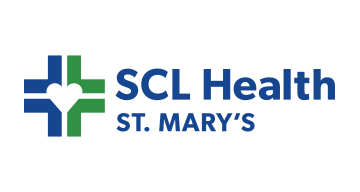

Hartford Healthcare’s infusion centers have undergone a transformative journey, revolutionizing their operations through advanced preparation strategies and data analytics tools like iQueue. By optimizing chair utilization, strategically allocating nursing resources, managing patient acuity, and balancing nurse workloads, managers have significantly reduced bottlenecks and waste. Advance Preparation methodologies, supported by data-driven decision-making and iQueue for Infusion Centers’ tools, have empowered managers to enhance efficiency and ensure a seamless, patient-centric workflow. These practices offer valuable insights, emphasizing the pivotal role of data and innovative tools in shaping the future of healthcare operations, ultimately enhancing patient care and operational excellence in infusion centers.








Take the first step towards unlocking capacity, generating ROI, and increasing patient access.